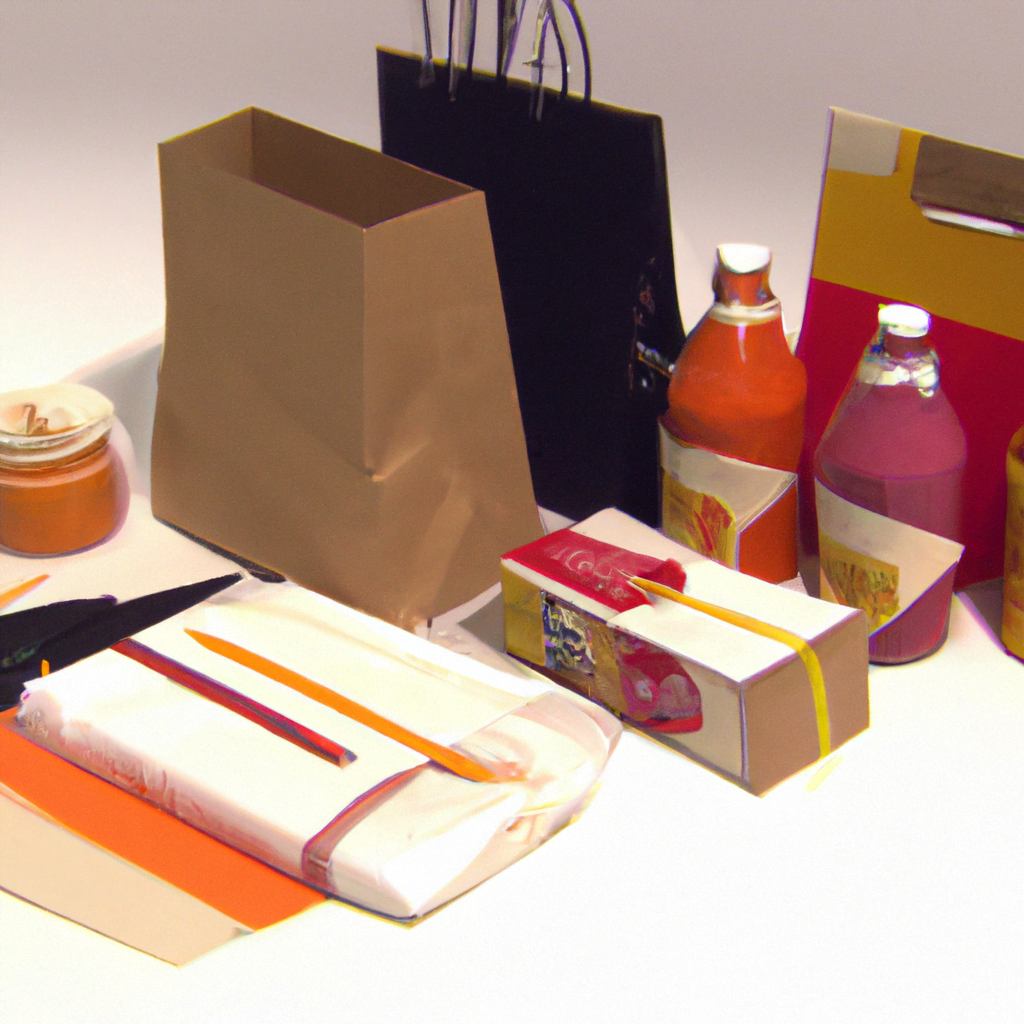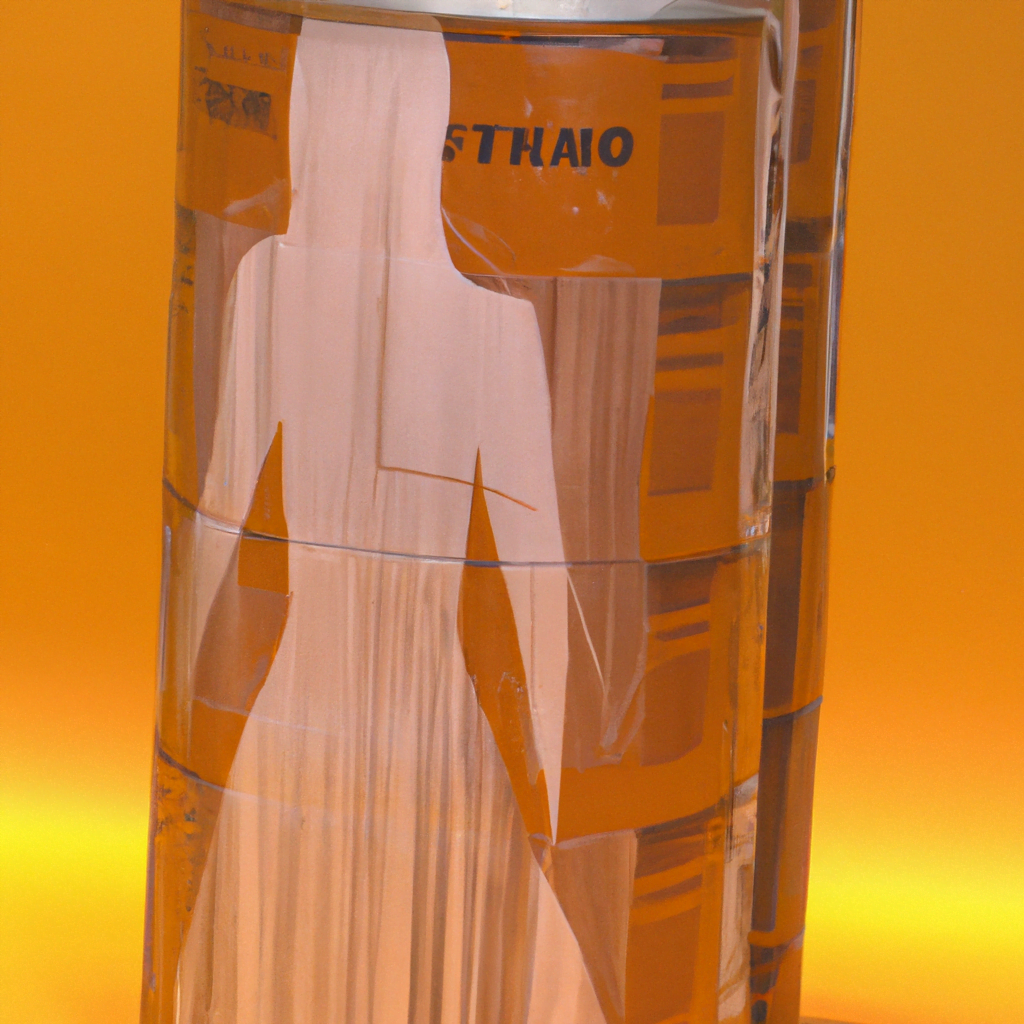
Sustainable Packaging Solutions: A Comprehensive Guide

As the world becomes more environmentally conscious, businesses are increasingly looking for ways to reduce their carbon footprint. One area that has come under scrutiny is packaging. The packaging industry is responsible for a significant amount of waste, and many companies are now looking for sustainable packaging solutions. In this article, we will explore the different types of sustainable packaging solutions available and their benefits.
What is Sustainable Packaging?
Sustainable packaging is packaging that has a minimal impact on the environment. It is designed to be recyclable, biodegradable, or compostable. Sustainable packaging is made from materials that are renewable, such as bamboo, paper, or cornstarch. It is also designed to be lightweight, reducing the amount of energy required to transport it.
The Benefits of Sustainable Packaging
There are many benefits to using sustainable packaging. Here are some of the most significant:
- Reduced carbon footprint: Sustainable packaging is designed to have a minimal impact on the environment. By using sustainable packaging, businesses can reduce their carbon footprint and contribute to a more sustainable future.
- Cost savings: Sustainable packaging is often made from renewable materials, which can be cheaper than traditional packaging materials. Additionally, sustainable packaging is often designed to be lightweight, reducing transportation costs.
- Improved brand image: Consumers are increasingly concerned about the environment. By using sustainable packaging, businesses can improve their brand image and appeal to environmentally conscious consumers.
- Regulatory compliance: Many countries have regulations in place that require businesses to use sustainable packaging. By using sustainable packaging, businesses can ensure they are compliant with these regulations.
Types of Sustainable Packaging Solutions
There are many different types of sustainable packaging solutions available. Here are some of the most popular:
Biodegradable Packaging
Biodegradable packaging is designed to break down naturally in the environment. It is made from materials such as cornstarch, which can be broken down by microorganisms. Biodegradable packaging is often used for food packaging, as it can be composted along with food waste.
Compostable Packaging
Compostable packaging is similar to biodegradable packaging, but it is designed to break down more quickly. It is made from materials such as paper, which can be composted along with food waste. Compostable packaging is often used for food packaging, as it can be composted along with food waste.
Recyclable Packaging
Recyclable packaging is designed to be recycled after use. It is made from materials such as paper, plastic, or glass, which can be recycled into new products. Recyclable packaging is often used for products such as bottles, cans, and cardboard boxes.
Reusable Packaging
Reusable packaging is designed to be used multiple times. It is often made from durable materials such as metal or glass. Reusable packaging is often used for products such as water bottles, coffee cups, and shopping bags.
Minimalist Packaging
Minimalist packaging is designed to use as little material as possible. It is often used for products such as electronics, where the product itself provides most of the protection. Minimalist packaging can reduce waste and transportation costs.
Case Studies
Here are some examples of companies that have implemented sustainable packaging solutions:
Patagonia
Patagonia, a clothing company, has implemented a number of sustainable packaging solutions. They use biodegradable bags made from cornstarch for their clothing, and they have eliminated plastic bags from their stores. They also encourage customers to reuse their packaging by including a message on their boxes.
Amazon
Amazon has implemented a number of sustainable packaging solutions. They have introduced a program called “Frustration-Free Packaging,” which eliminates excess packaging and makes it easier to open products. They have also introduced a program called “Ships in Own Container,” which allows products to be shipped in their original packaging, reducing the need for additional packaging.
Starbucks
Starbucks has implemented a number of sustainable packaging solutions. They have introduced a reusable cup program, which allows customers to bring their own cups and receive a discount. They have also introduced a program called “Grounds for Your Garden,” which allows customers to take used coffee grounds and use them as fertilizer.
Conclusion
Sustainable packaging is an important consideration for businesses that want to reduce their carbon footprint and appeal to environmentally conscious consumers. There are many different types of sustainable packaging solutions available, including biodegradable packaging, compostable packaging, recyclable packaging, reusable packaging, and minimalist packaging. By implementing sustainable packaging solutions, businesses can reduce their costs, improve their brand image, and contribute to a more sustainable future.
